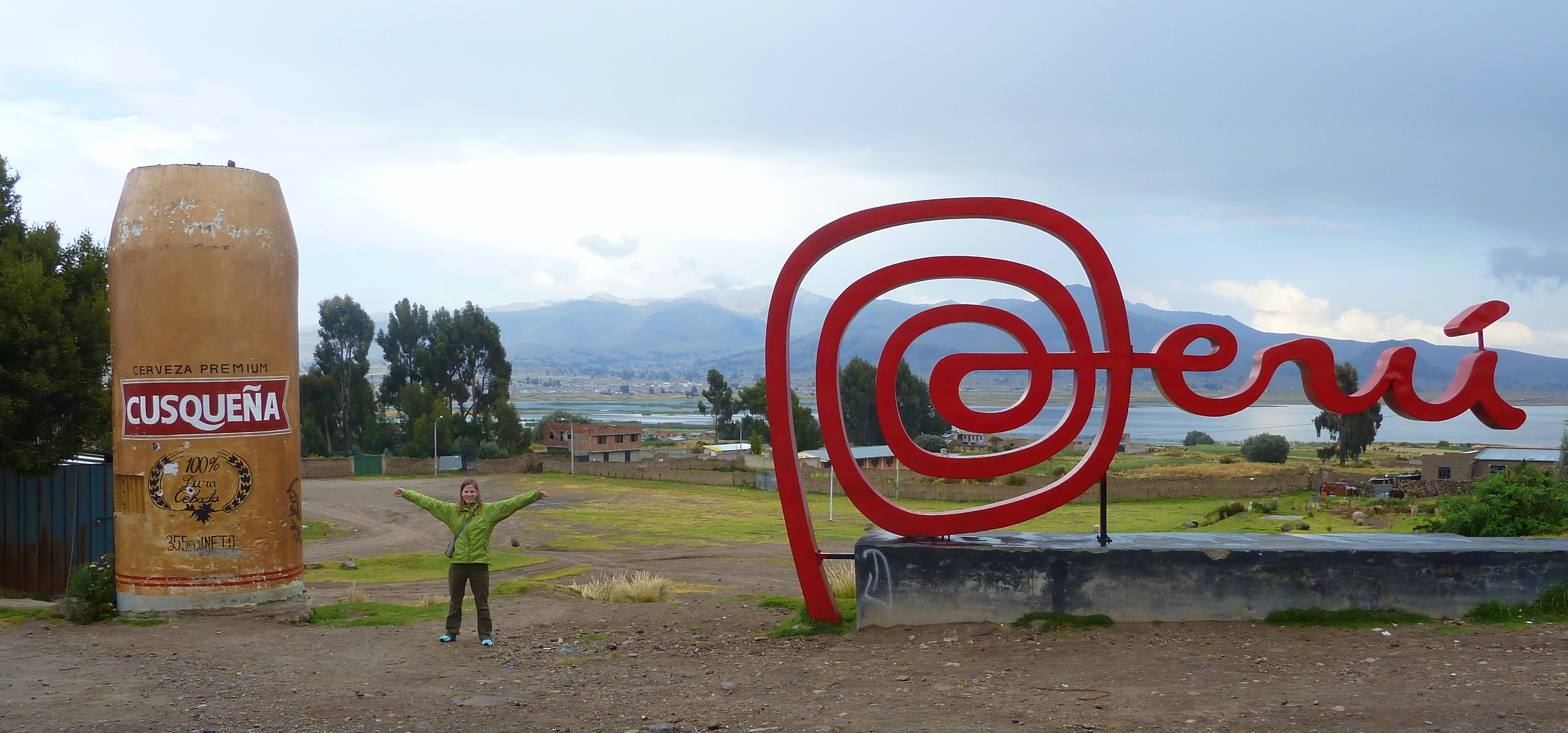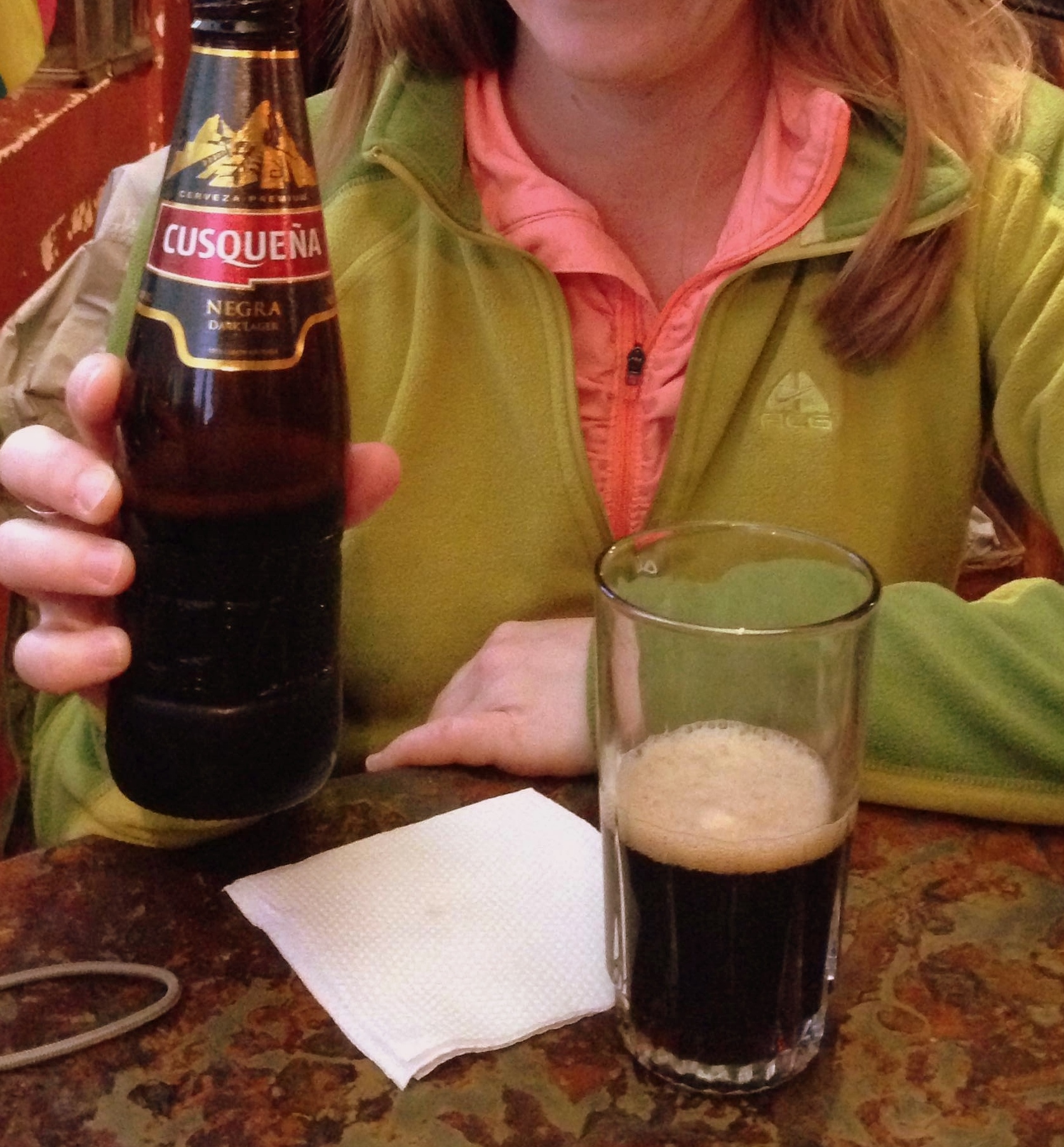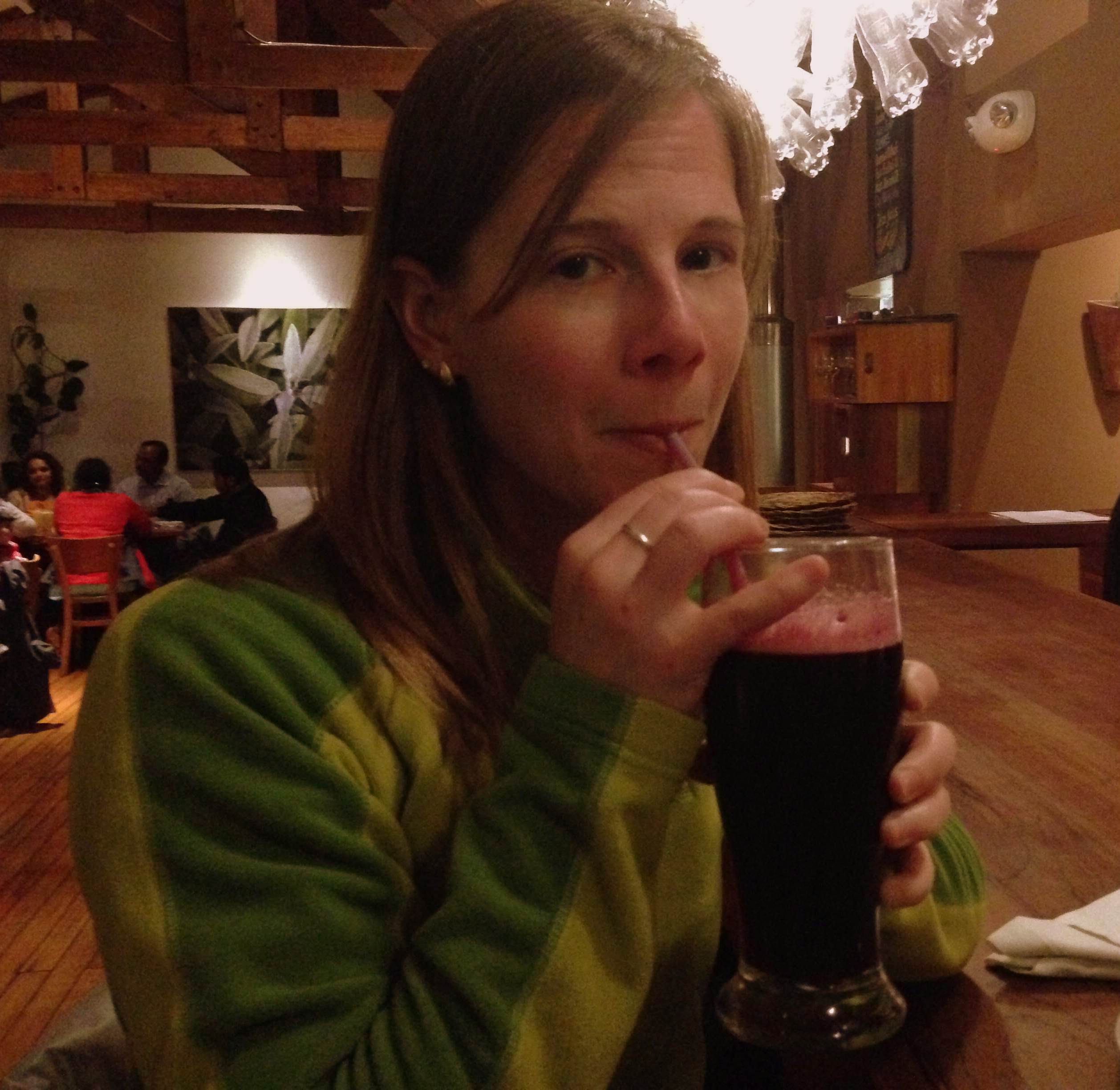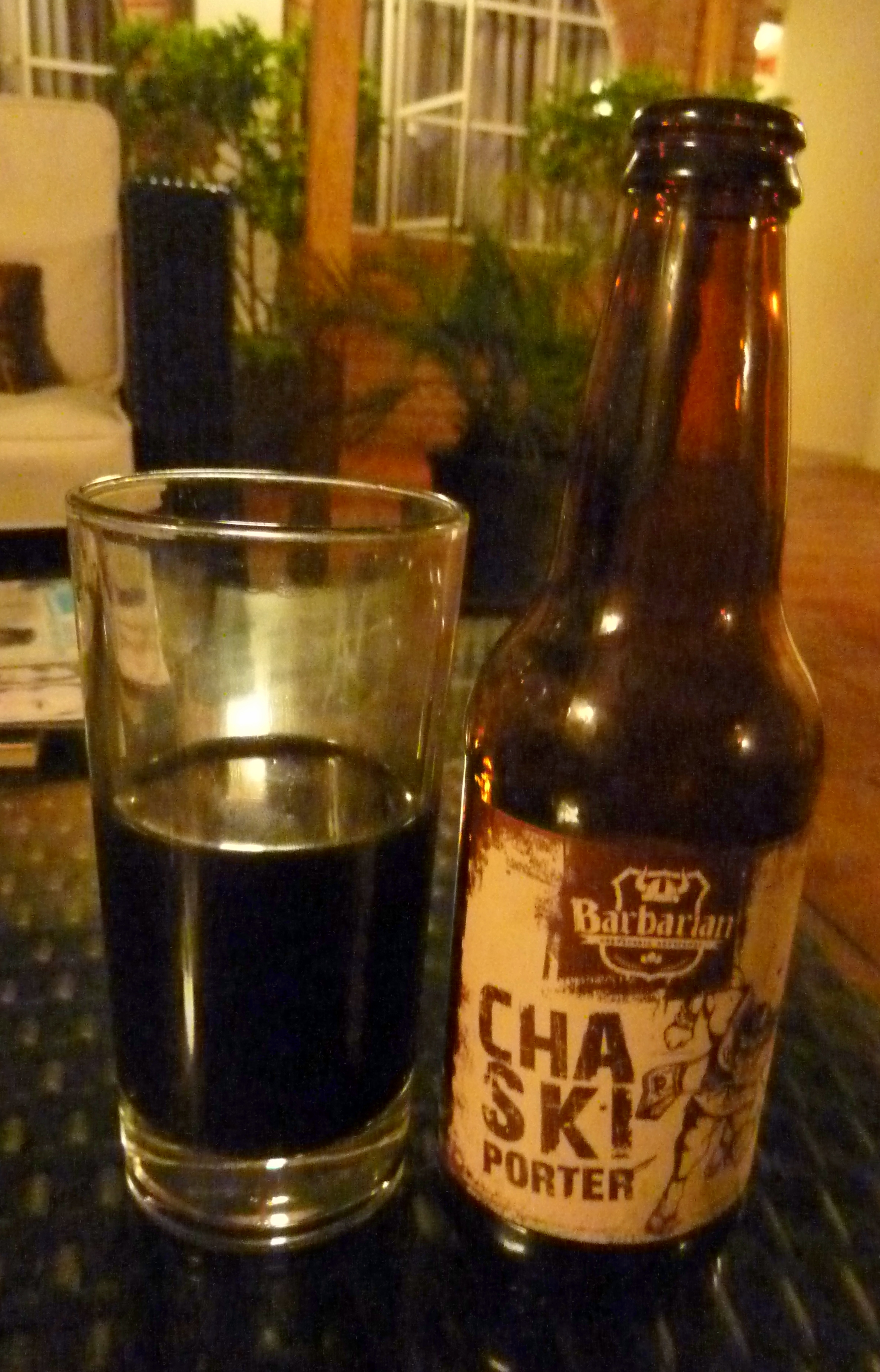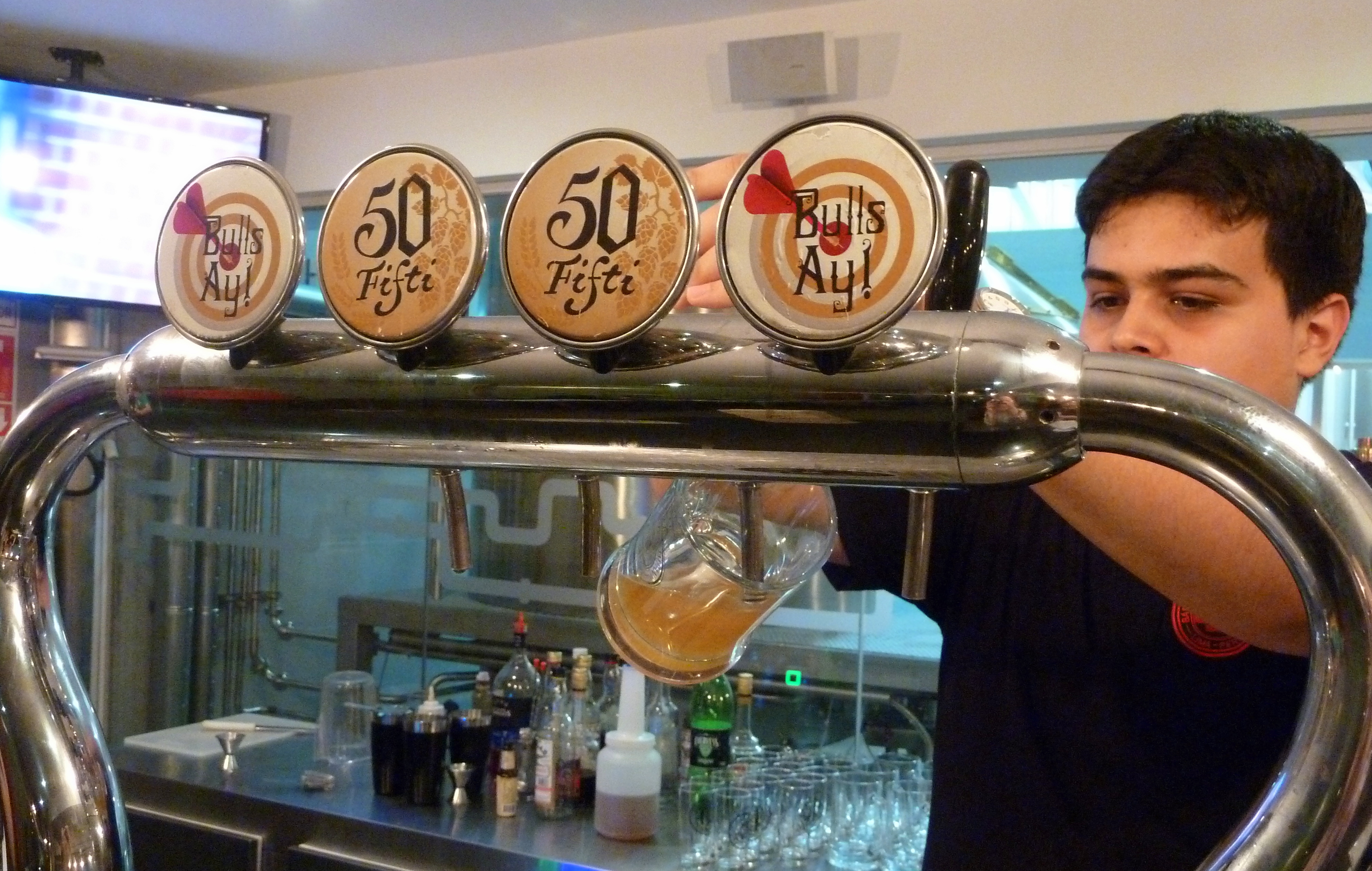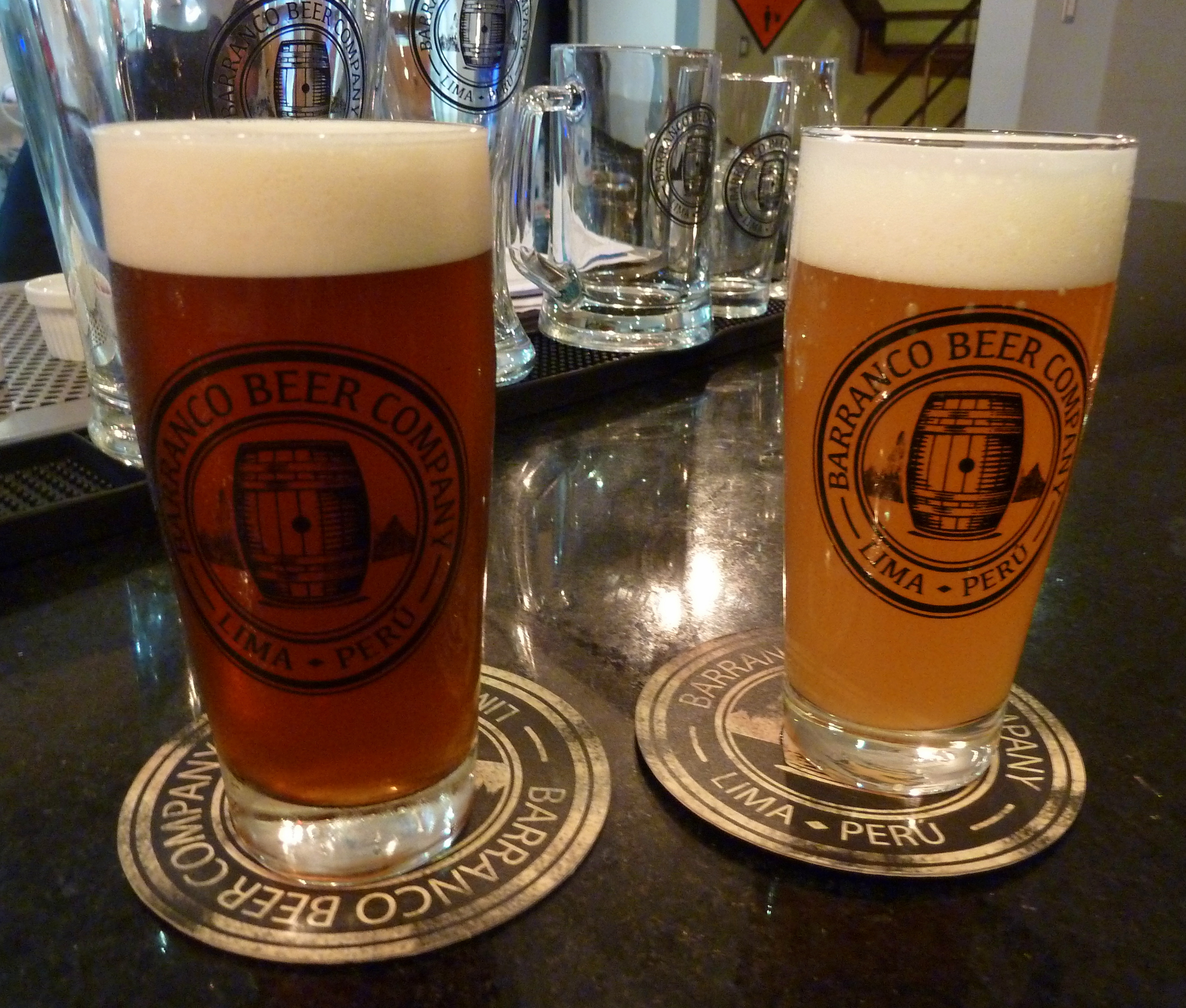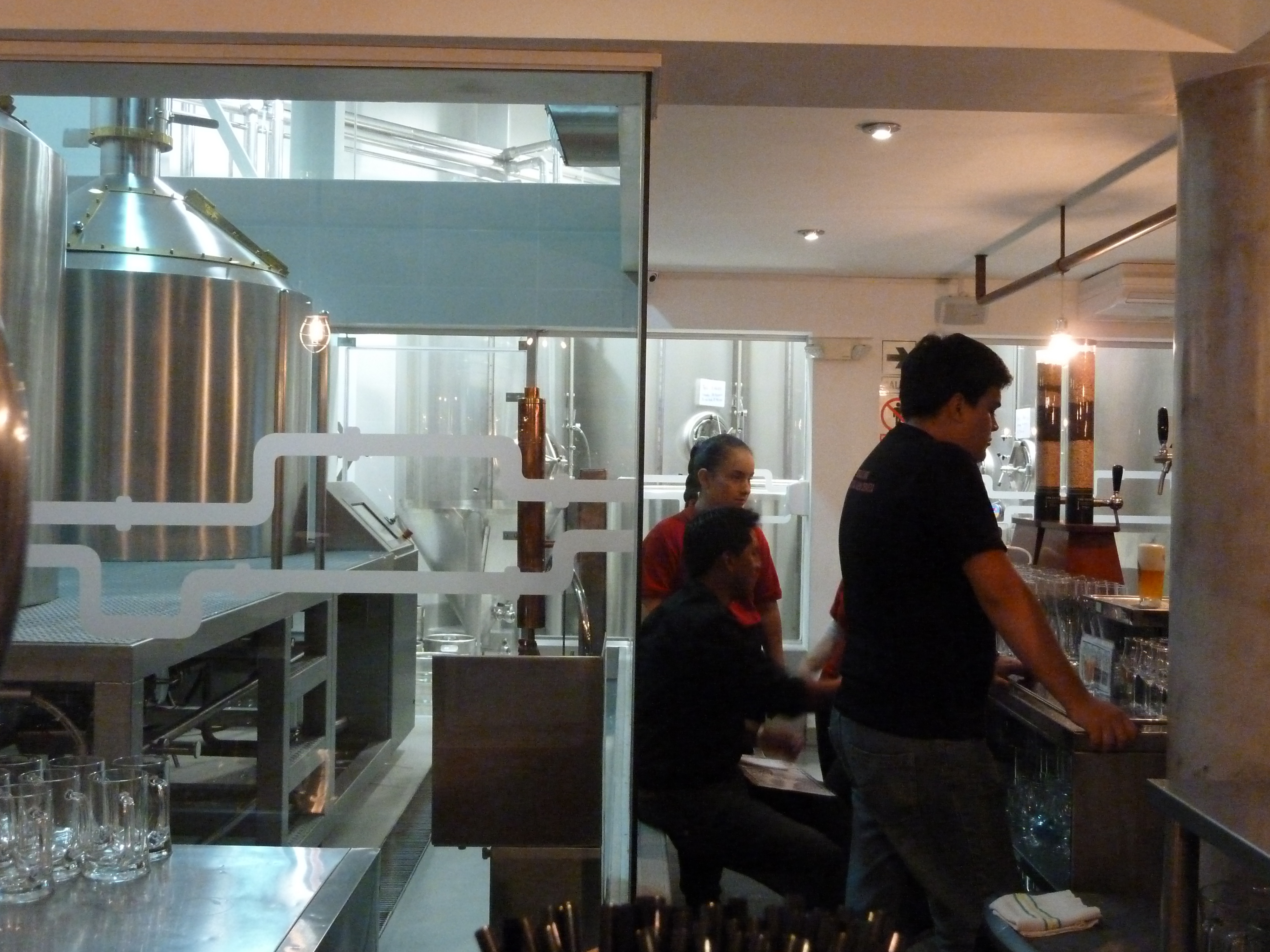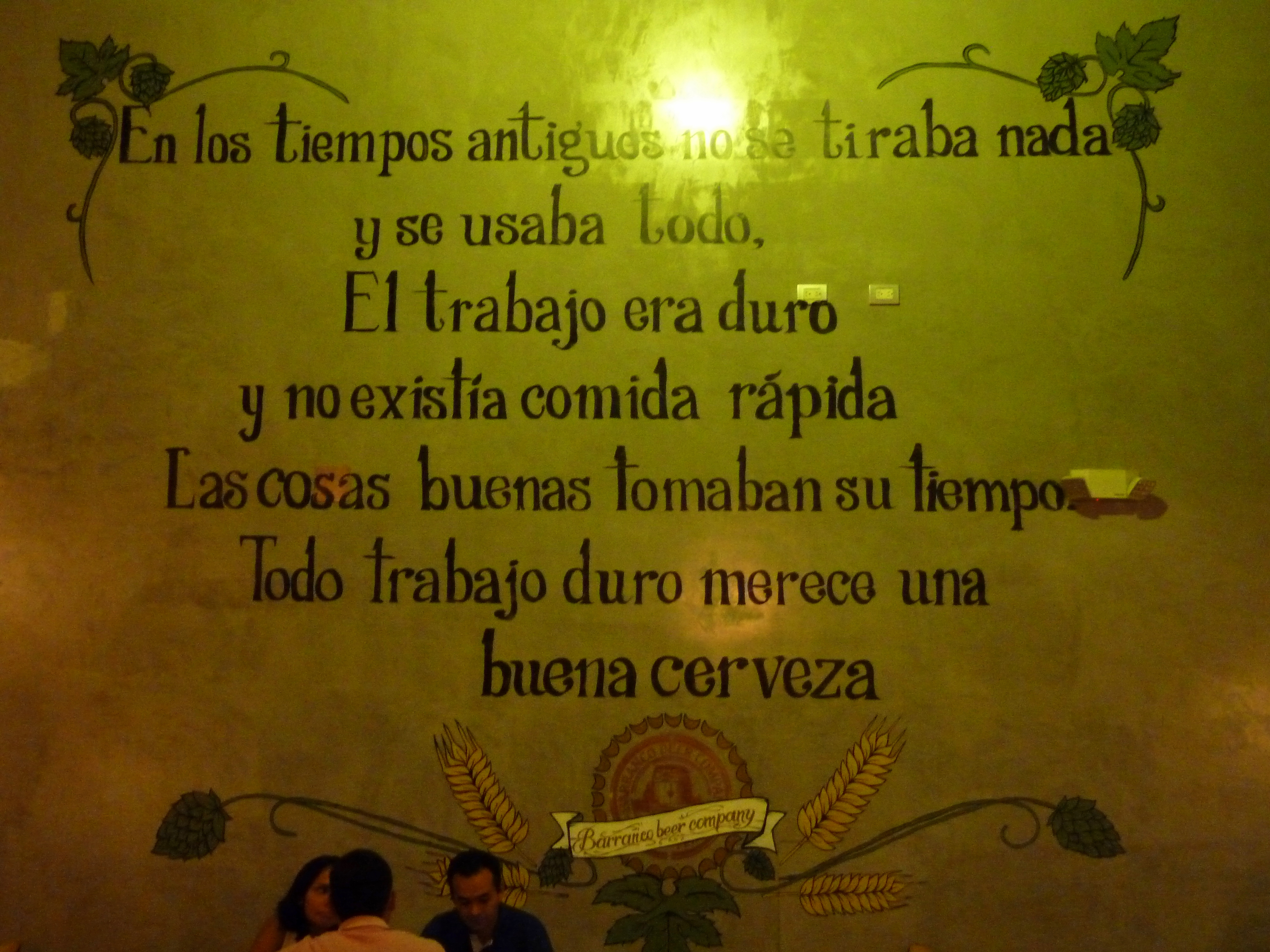By Amy Tindell
You may have noticed the recent trend of craft brewers releasing their wares in cans, and summarily chalked it up to an attempt to appeal to all those Pabst Blue Ribbon-loving hipsters. In some cases, like that of Evil Twin’s Hipster Ale, or Churchkey – the beer not the bar – the trend’s target is quite blatant.
However, canning beer serves a different purpose that is based on science: it prevents beer from getting “skunked.” A beer is skunked, or “light-struck,” when natural light hits isohumolones, the chemical compounds that contribute to the bitter taste of hops in beer. A photochemical reaction causes the isohumolones to break down and combine with sulfur compounds in the beer, to create 3-methylbut-2-ene-1-thiol (3-MBT). The “thiol” at the end of that name reflects the presence of sulfur and serves as a warning of the offensive smell that it produces. 3-MBT is chemically very similar to isopentyl mercaptan, or skunk spray, and so potent that some individuals can detect it at concentrations of one-billionth of a gram in a 12-ounce beer. Thus, it does not take a lot to skunk a beer, and it can occur faster than Phosphorescent can tell you to Ride On in your skinny jeans and fedora hat.
Cans are one solution to preventing skunked beer, because they block light from reaching the beer. Cans have other practical advantages, including that they maintain a more airtight seal than bottles to protect against oxidation. Additionally, cans are more easily stackable, more light-weight, and won’t break on that bike ride home from the corner store. Canned beer even chills faster than bottled beer, so that it’s ready to pair with your kale, ramps and bacon tacos from that food truck down the street in no time.
Regardless of craft beer marketers’ strategy for a target audience, cans are practical and becoming more prevalent by the day. Indeed, the increasing popularity of craft beer cans may just be the kink in attempting to cater to this particular subculture, given the hipster taste for the culturally obscure. However, craft brewers experimenting with canning can still rejoice, because those of us who may be slightly behind the trends also like to take our time to appreciate a good beer, and wouldn’t want it to get skunked as we listen to way-too-mainstream bands like The Knife or Chvrches.

